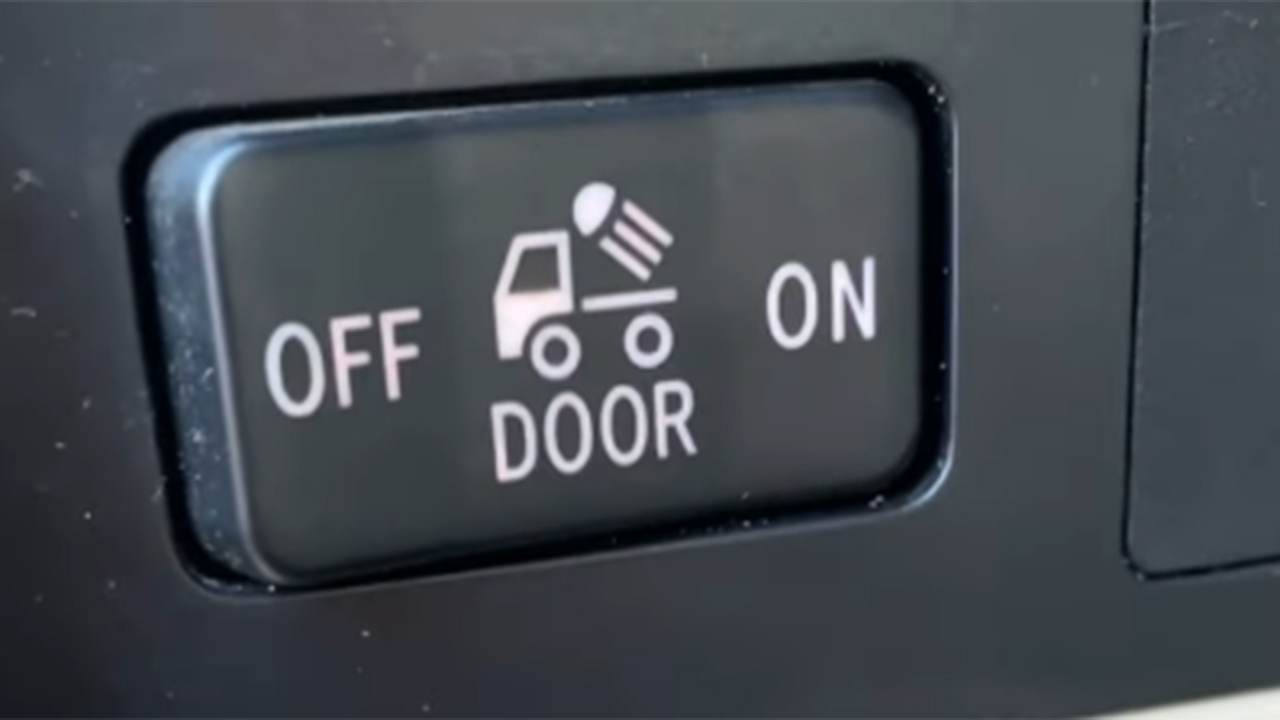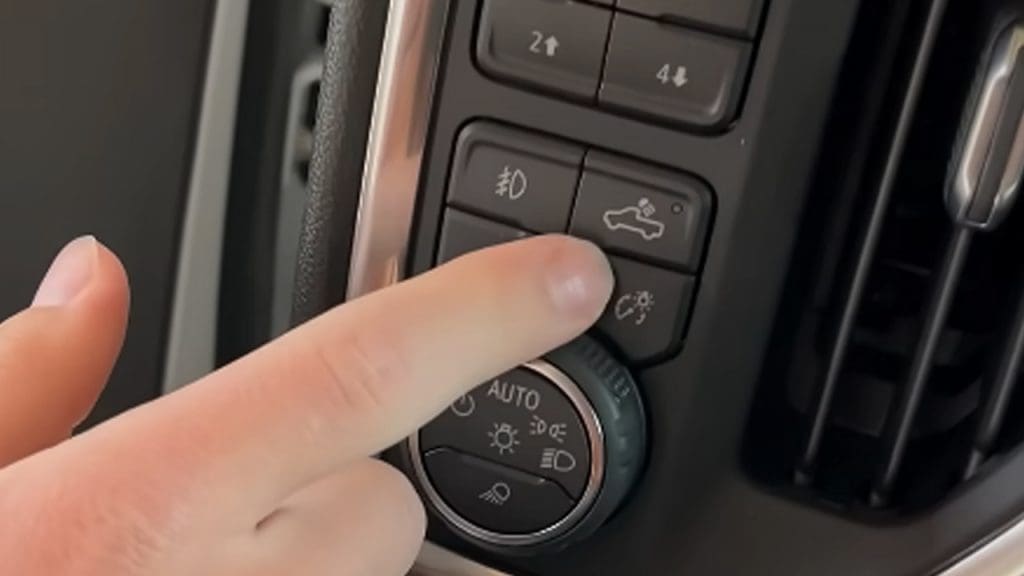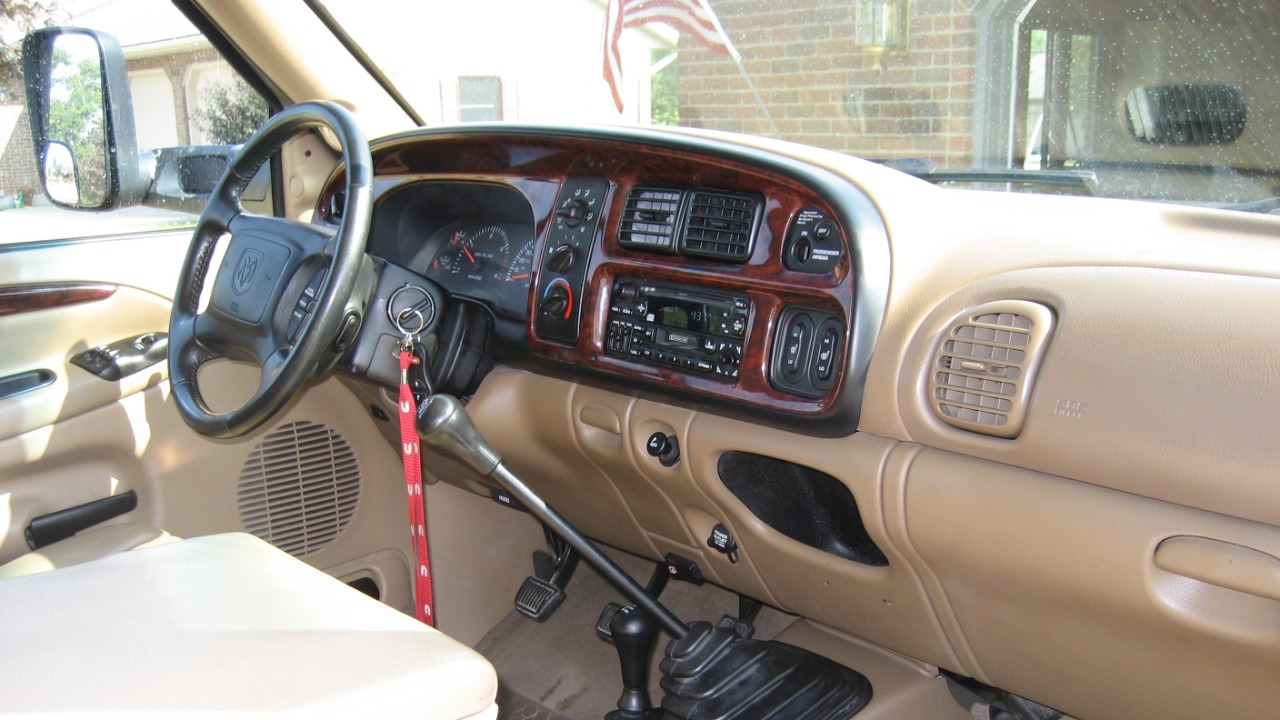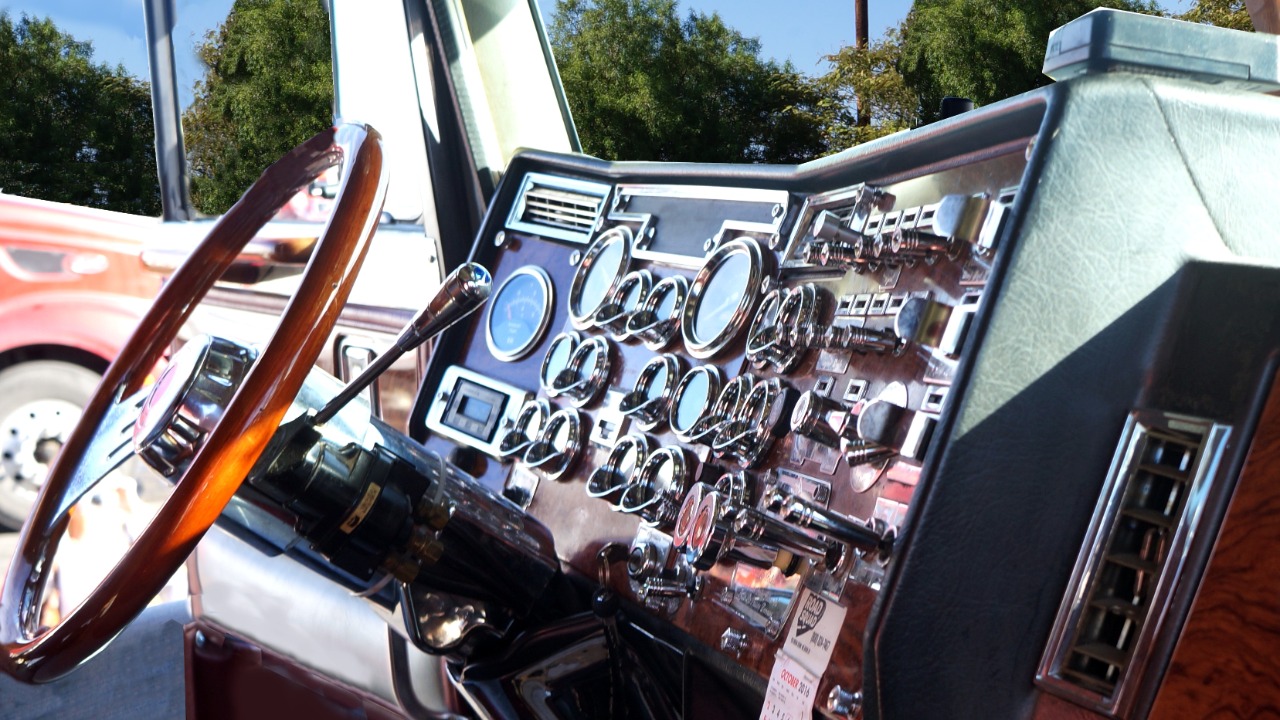
The internet has humorously dubbed a mysterious button found in several truck models the “Jellyfish Launcher,” leading to widespread speculation about its actual purpose. This confusion was sparked by a viral TikTok video from a truck owner in Texas showing the button in a 2022 Freightliner Cascadia, which quickly amassed over 500,000 views (Source).
What is the ‘Jellyfish Launcher’?

The so-called “Jellyfish Launcher” is actually a button related to the truck’s air suspension system. Its primary function is to lower the rear suspension, making it easier for drivers to hook up trailers. This feature is particularly useful for truck drivers who frequently need to connect and disconnect trailers, as it simplifies the process and reduces the physical strain involved (Source).
The confusion surrounding this button stems largely from its icon, which resembles a jellyfish. This design choice has led many to speculate humorously about its purpose, contributing to its viral fame. The icon’s abstract design, intended to represent the suspension system, inadvertently resembles a jellyfish, which has captured the imagination of internet users and sparked widespread curiosity (Source).
Viral Phenomenon

The TikTok video posted by @truckdriverjohn showcasing the button quickly reached viral status, garnering over 500,000 views and 50,000 likes. The video captured the attention of both the trucking community and the general public, who were intrigued by the mysterious button and its unusual nickname. This viral moment highlights the power of social media to transform mundane aspects of everyday life into global talking points (Source).
Humorous reactions and memes have proliferated across platforms like Reddit and Twitter, with users sharing their own interpretations and jokes about the “Jellyfish Launcher.” These reactions have further fueled the button’s notoriety, making it a popular topic of discussion and a source of entertainment for many (Source).
The rapid spread of the “Jellyfish Launcher” phenomenon underscores the unpredictable nature of viral content on social media. Platforms like TikTok have become breeding grounds for such viral sensations, where a single post can quickly capture the imagination of millions. This particular video not only entertained viewers but also sparked a broader conversation about the quirks and intricacies of vehicle design. The viral nature of the content was further amplified by influencers and content creators who jumped on the trend, creating their own videos and posts that speculated humorously about the button’s function, thereby extending its reach and impact (Source).
In addition to the humorous takes, the “Jellyfish Launcher” phenomenon has prompted discussions about the role of design in user experience. Many users have pointed out that while the icon’s design is amusing, it also highlights a gap in user understanding that could be addressed through better design practices. This has led to a broader dialogue within the design community about how to balance creativity with clarity, ensuring that users can intuitively understand the functions of various controls without needing to resort to guesswork or external explanations (Source).
Misconceptions and Clarifications

Misunderstandings about vehicle buttons and features are not uncommon, and the “Jellyfish Launcher” is just one example. Similar misconceptions have arisen with other vehicle controls, often due to ambiguous icons or unfamiliar terminology. These misunderstandings highlight the importance of clear communication in vehicle design to ensure drivers can easily understand and use all features safely (Source).
Truck manufacturers like Freightliner have provided clarifications regarding the button’s purpose and design considerations. These statements aim to dispel myths and provide accurate information to drivers, ensuring that they can utilize their vehicles’ features effectively. Such clarifications are crucial in preventing potential misuse and enhancing the overall driving experience (Source).
Beyond the “Jellyfish Launcher,” there are numerous examples of vehicle features that have been misunderstood due to their design or labeling. For instance, the “eco mode” button in many cars is often misinterpreted as a feature that significantly boosts fuel efficiency, when in reality, it makes subtle adjustments to the vehicle’s performance to optimize fuel consumption. Such misconceptions can lead to unrealistic expectations and even misuse of vehicle features, underscoring the need for manufacturers to provide clear, accessible information to consumers (Source).
Efforts by manufacturers to clarify these misunderstandings often involve detailed user manuals and online resources that explain the purpose and operation of each feature. In the case of the “Jellyfish Launcher,” Freightliner has taken steps to educate drivers through updated manuals and customer service channels, ensuring that the intended use of the button is clearly communicated. These efforts are part of a broader initiative within the automotive industry to enhance driver education and safety, reducing the likelihood of errors and improving the overall driving experience (Source).
Truck Design and Symbolism

The design process for truck controls and symbols involves careful consideration to ensure functionality is communicated effectively to drivers. Designers must balance the need for intuitive symbols with the constraints of space and simplicity, often leading to abstract representations that can be misinterpreted. The “Jellyfish Launcher” icon is a prime example of how these design choices can lead to confusion, despite their intended purpose (Source).
Standardizing symbols and controls across different vehicle models and manufacturers presents significant challenges. Variations in design language and cultural interpretations can lead to misunderstandings, as seen with the “Jellyfish Launcher.” Efforts to create universal standards are ongoing, but achieving consistency remains a complex task that requires collaboration across the automotive industry (Source).